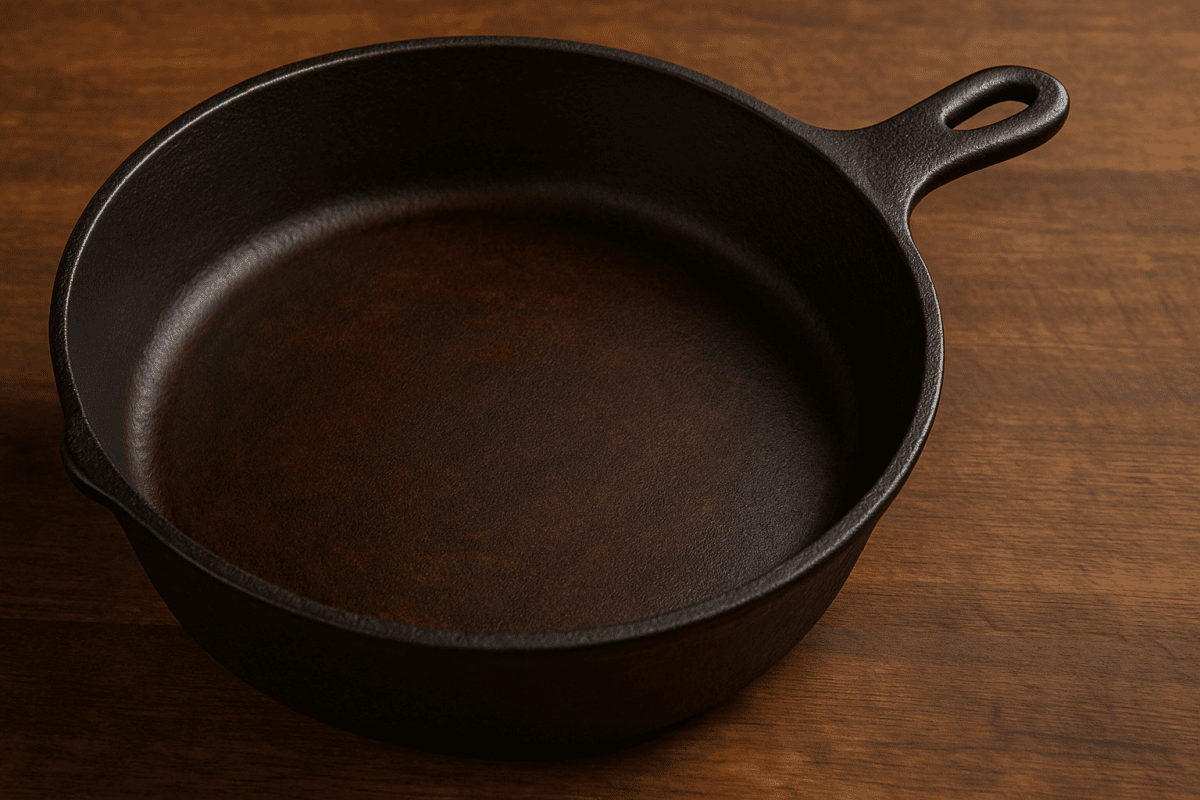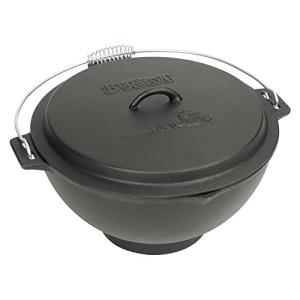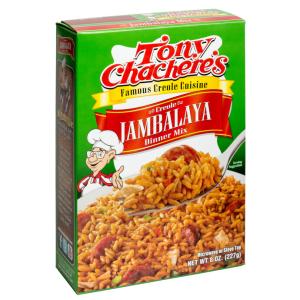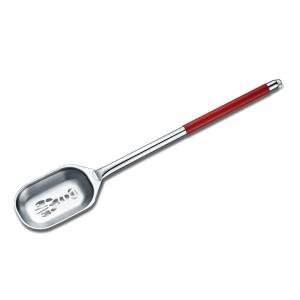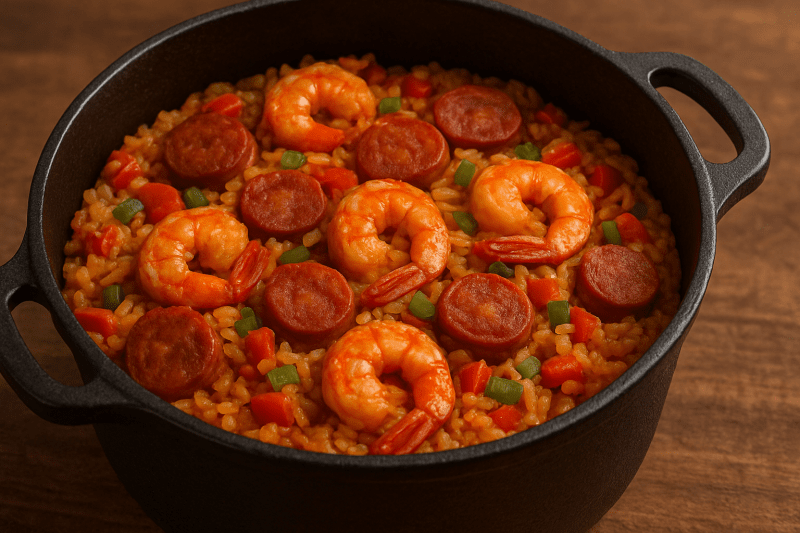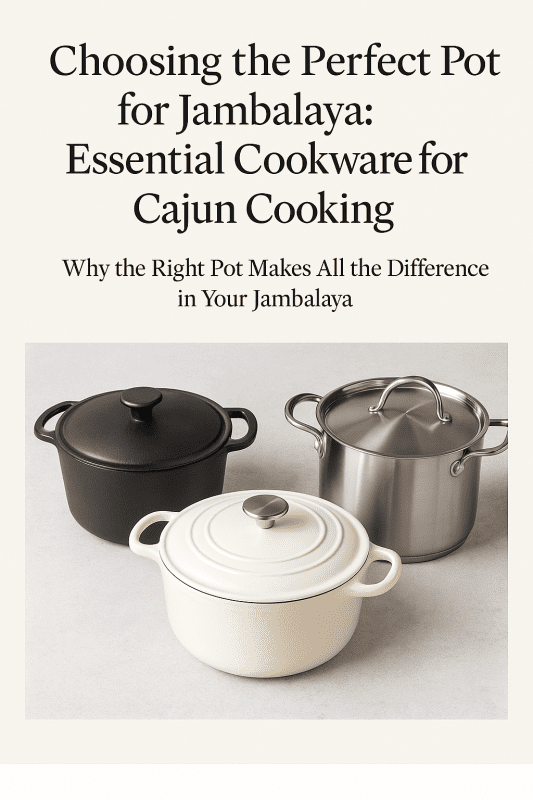Cast iron cookware is a staple in many kitchens, and for good reason—it offers unmatched heat retention, even cooking, and an added layer of flavor with each use. But to ensure that your cast iron pot lasts a lifetime and continues to produce perfect dishes like jambalaya, it’s essential to properly season and maintain it. In this article, we’ll walk you through the process of seasoning and caring for your cast iron pot, so you can keep it in top shape for years of cooking.
1. What Is Seasoning and Why Is It Important?
Seasoning is the process of coating your cast iron pot with a layer of oil and then heating it to create a natural non-stick surface. This not only prevents food from sticking, but it also protects the pot from rust and creates a more flavorful cooking surface. Over time, as you use your pot, the seasoning will build up, enhancing the flavor of your dishes, especially those like jambalaya where the pot’s seasoning plays a key role in the final result.
2. How to Season Your Cast Iron Pot
Seasoning your cast iron pot is a simple but essential task that should be done whenever the pot is new or if the seasoning has worn off.
Step-by-Step Seasoning Process:
-
Clean the Pot: If your pot is new or hasn’t been used in a while, wash it with warm water and a gentle scrub brush to remove any factory residue or old oils. Avoid using soap if possible, as it can strip away the natural oils that contribute to the seasoning.
-
Dry the Pot: Thoroughly dry your pot with a clean towel or paper towels to prevent any rust from forming. You can also place it on the stove over low heat to completely dry out any moisture.
-
Apply Oil: Once the pot is dry, apply a thin layer of oil (vegetable oil, flaxseed oil, or even shortening work well) to the entire surface, inside and out. The key here is to apply a thin coat, as too much oil can result in a sticky, uneven surface.
-
Bake the Pot: Place the pot upside down in a preheated oven at 450-500°F (230-260°C). To prevent excess oil from pooling, place a sheet of aluminum foil or a baking sheet on the lower rack to catch any drips. Bake the pot for an hour and then turn off the oven. Let the pot cool in the oven for several hours or overnight to fully cure the seasoning.
-
Repeat if Necessary: For a stronger seasoning, you can repeat the process 2-3 times to build up more layers of oil, which will improve the non-stick properties and flavor of your pot.
3. Everyday Care for Your Cast Iron Pot
Once your cast iron pot is seasoned, it’s important to continue taking care of it so that the seasoning remains intact and the pot stays in excellent condition.
-
Avoid Soaking in Water: Never soak your cast iron pot in water for long periods. This can cause rust to form. After cooking, clean your pot with hot water and a stiff brush or sponge. If necessary, use coarse salt as an abrasive to scrub away stubborn food bits.
-
Dry Immediately: After washing, dry your pot right away with a clean cloth or by placing it on the stove over low heat. Any leftover moisture can cause rust, so it’s important to dry it completely.
-
Re-oil as Needed: After each use, apply a very light layer of oil to the surface of the pot while it is still warm. This helps maintain the seasoning and prevents rust from forming. Use a paper towel to wipe off any excess oil.
4. How to Repair a Rusted Cast Iron Pot
If you notice rust on your cast iron pot, don’t panic—it’s fixable! Simply follow these steps to restore your pot:
-
Scrub Off the Rust: Use a wire brush or steel wool to scrub off any rust, working in small sections. Be sure to scrub both the inside and outside of the pot.
-
Re-season the Pot: After the rust is removed, re-season the pot using the steps outlined above. This will restore the natural non-stick surface and protect the pot from future rust.
5. When to Re-season Your Cast Iron Pot
Over time, your cast iron pot’s seasoning may begin to wear down, especially with frequent use. When this happens, it’s time to re-season your pot. Look for signs like food sticking to the pot, a dull or rusty surface, or a worn-out cooking surface.
6. Bonus Tip: Cooking with Cast Iron
For the best results, always preheat your cast iron pot before adding ingredients. This ensures that your food cooks evenly and prevents sticking. Also, be mindful of acidic foods like tomatoes—they can strip away the seasoning if cooked for too long. That’s why, for dishes like jambalaya, it’s best to add acidic ingredients (like tomatoes) after the pot is well-seasoned and after the pot has had time to heat up.
